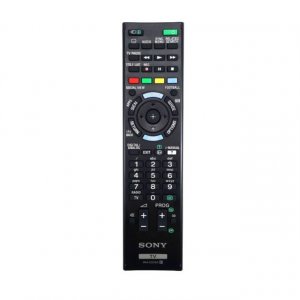Waydroid looked like excellent option to run Android apps on my Lenovo X240 running Linux Mint.
Because Waydroid is reliant on Wayland you need to use either KDE, Gnome or Sway Desktop Environment.
I am running Gnome and Waydroid works perfectly, but I wanted it to run in fullscreen. Unfortunately Waydroid key mapping is conflicting with Gnome F11 key to go fullscreen, so first thing you need to do is to re-map Gnome fullscreen key to something like Shift+F11 which can easily be done with gnome tweaks.
But once you get your Android app to run “fullscreen” you will notice that actual size of the drawn surface is still the one window started with:
erol@x240mint:~$ sudo waydroid shell wm size
Physical size: 1366x697I wanted it shown in 1368×768 which is my native display resolution. To do this open terminal while Waydroid is running and do the following:
erol@x240mint:~$ waydroid prop set persist.waydroid.width 1366
erol@x240mint:~$ waydroid prop set persist.waydroid.height 768
erol@x240mint:~$ waydroid session stop
Now next time you run your Android app it is going to be rendered in native resolution.
erol@x240mint:~$ sudo waydroid shell wm size
Physical size: 1366x768
